The challenges that all transport industries face in becoming more sustainable are vast and while some focus has been given to car interiors it seems that car manufacturers can go much further.
Industrial design and engineering consultancy Callum has been carrying out feasibility studies of car interiors made of foodstuffs that you’d find in your pantry, such as coffee, eggs, walnuts, rice and lentils.
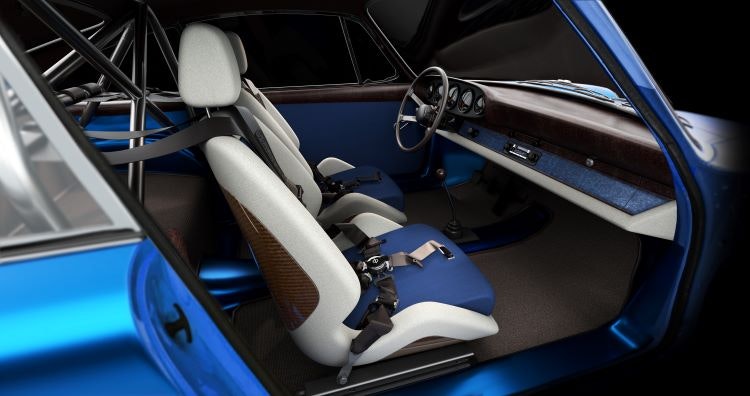
As part of a self-initiated project, the Warwick-based studio looked at whether food, clothing and plastic waste can produce viable materials for car interiors. The short answer is yes, they can.
Callum used a Porsche 911 interior as a base for a series of renders informed by research into material properties and feasibility. The firm’s creative lead Aleck Jones says that the car was chosen as its “simple surfaces and simple elements” could easily accommodate sustainable alternatives.
At the start of each project, Callum carries out “material review sessions”, led by its colour material finish (CMF) designer Charlotte Jones, to decide if a product could be more sustainable. Aleck Jones says that this helped them to build up “a catalogue of interesting products” and an extensive library of materials.
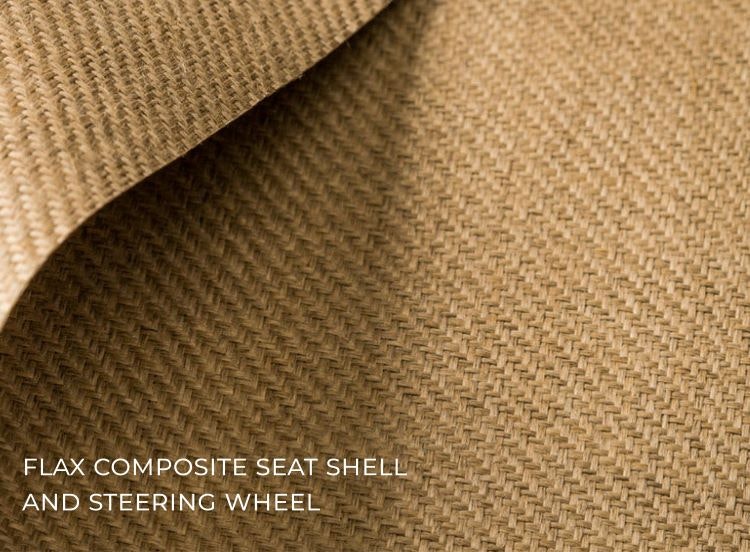
While more unorthodox sustainable materials are already being used across fashion and interior design, they have not yet been widely adopted by automotive companies although there have been some isolated breakthroughs, particularly with reused plastic.
Charlotte Jones says that the purpose of this study was to ask how they can be brought into the automotive sector, adding that “once somebody has done it, there will be a chain of followers” trying to achieve the same thing, which will result in more extensive testing of these materials.
Callum worked with material manufacturers such as Camira Fabrics, Ottan and Planq on the study. According to Charlotte Jones, some of these manufacturers are already testing for automotive-grade materials and others that had no prior knowledge of the topic were approached by Callum and encouraged to start thinking about it.
What are the materials?
Working with green-tech company Ottan, Callum devised a list of materials made from food waste that can replace plastic while meeting the design, environmental and engineering requirements of a car.
Egg shells mixed with resin can produce a smooth, opaque material that can be adapted to a glossy or matte finish. The material meets temperature and wear specifications, so could be used as the trim surround for window switches. Adding walnut shells into the mix would increase the recycled content from 78% to 84% without having to compromise on its properties.
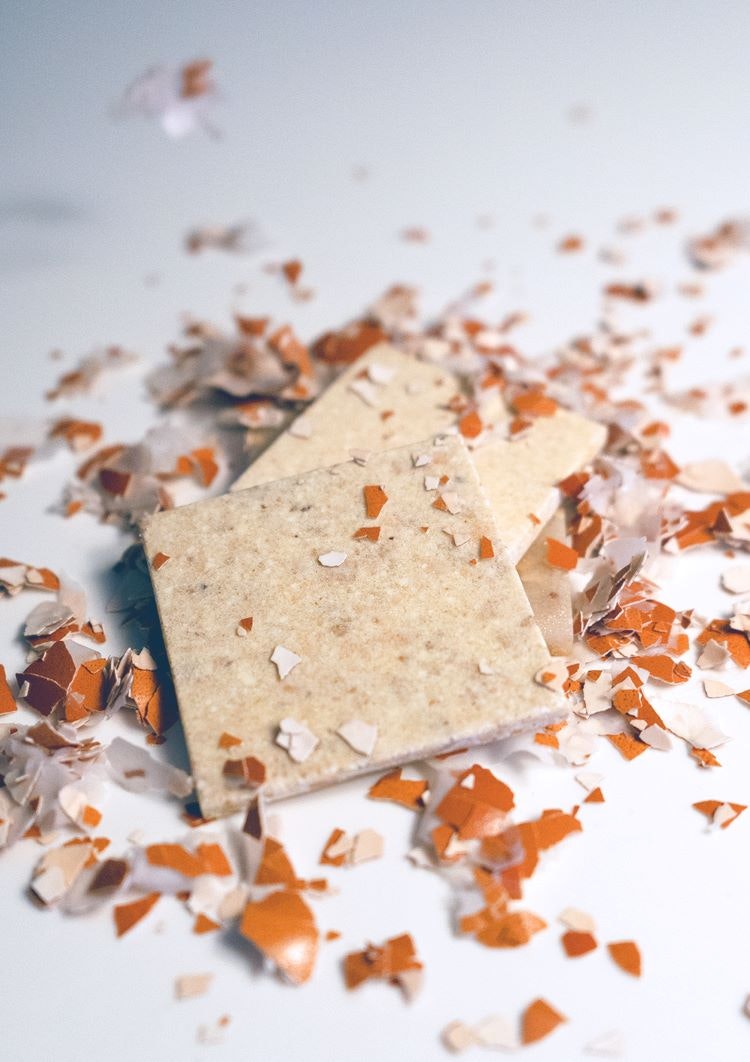
Callum discovered that out of date rice and lentils can produce a smooth translucent material that could be used for illuminated areas of the car interior, such as lamp covers. Other biproducts such as coffee pulp were found to have flame-resistant qualities, making it well suited for glossy dashboard inserts.
Used textiles that would otherwise have gone to landfill could provide “a blend of wear resistance, comfort and colour fastness” to be used in seat materials, says Callum. Charlotte Jones describes how companies such as Dutch sustainable furniture brand Planq combines shredded jeans with potato or corn starch, pressing them to create “a hard veneer that could be used for seat shells or dash centres”.
Callum opted for a material made from marine waste by fabric manufacturer Camira for the seat centre facings, as well as a soft material called Féline which is produced using recycled Polyethylene terephthalate (PET) bottles. Both materials come with no weight penalty and can be recycled again after use. Even the carpets were chosen for their sustainable qualities and are made from Econyl, a hard-wearing fabric made from nylon or fishing nets.
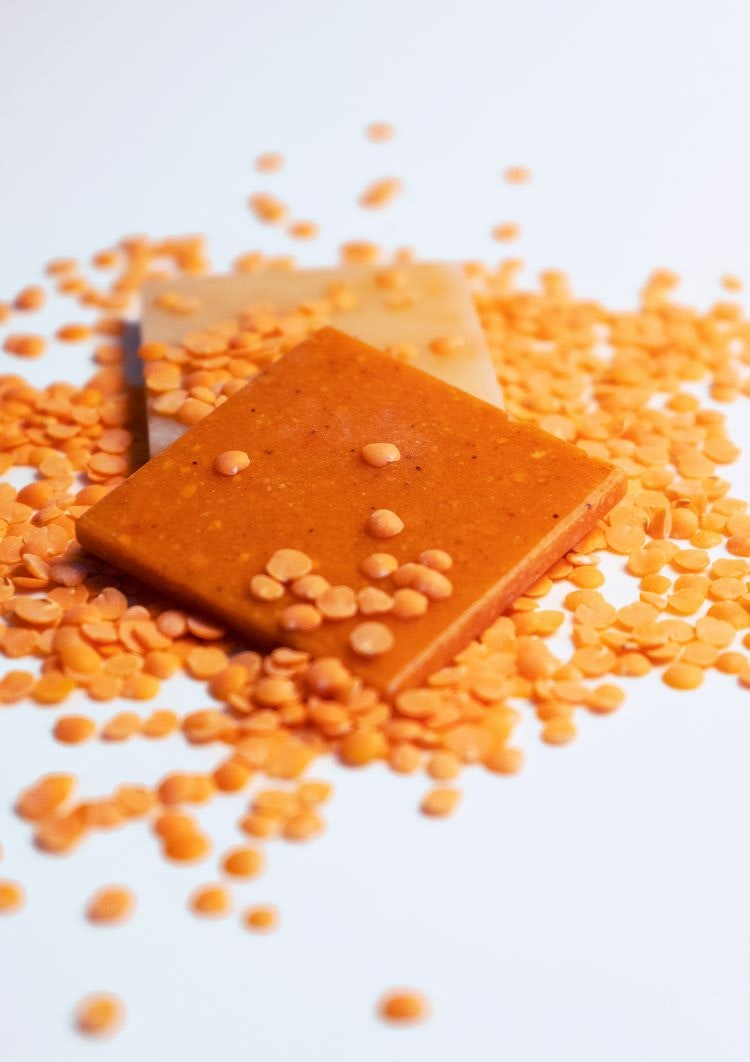
For now, the application of these materials in a car is just a concept, but Charlotte Jones says that Callum’s design study seeks to demonstrate that “there is another way” and advocates for the support of manufacturers and suppliers in “identifying engineered alternatives”.
She adds that some of the suppliers they worked with are already on board and are “chasing the automotive industry” to join them in this next step.
“It costs more to be sustainable”
The process of turning biproducts into useable materials “is not a two-minute job”, making them more costly, says Aleck Jones. Operating on a smaller scale for high end clients means that “you can bake the cost of sustainable materials into the cost of the product” he adds, arguing that using unique sustainable materials produces a “far more interesting product” that clients are willing to pay for.
Charlotte Jones adds that while “it costs more to be sustainable at the moment”, hopefully consumers will begin to prioritise planet-first choices rather than the cost or how it looks.
“When you’re doing a small project the costing is a lot higher with any material because you’re using a small amount, but if you’re using it consistently you can drip feed some of the costs across other projects as well”, Charlotte Jones explains. For example, Callum has become very familiar with flax in its different forms and uses it across multiple projects.

Flax fibre is extracted from the bast or skin of flax plant stems and can be used in place of carbon fibre. Flax is not only renewable, with a lower carbon footprint, but also more lightweight than carbon fibre and is known to be better for vibration damping (reducing vibrations from an ergonomic, industrial or electrical system).
Years ago, carbon fibre was a “really premium, very expensive product”, but has become much cheaper says Aleck Jones who feels sustainable materials can benefit from the same falling cost versus increasing supply and demand trajectory.
Planet over aesthetic
In the automotive industry aesthetic value underpins many design decisions which can be problematic when it comes to introducing sustainable materials. The studio’s popular flax material checks the box for being sustainable, but its natural brown colour “isn’t a good option conducive to premium interiors”, says Aleck Jones. He adds that he recently spoke to a supplier which had found a way to tint the flax to a light grey hue, which would be more desirable for a car interior, showing how further development could provide a breakthrough.
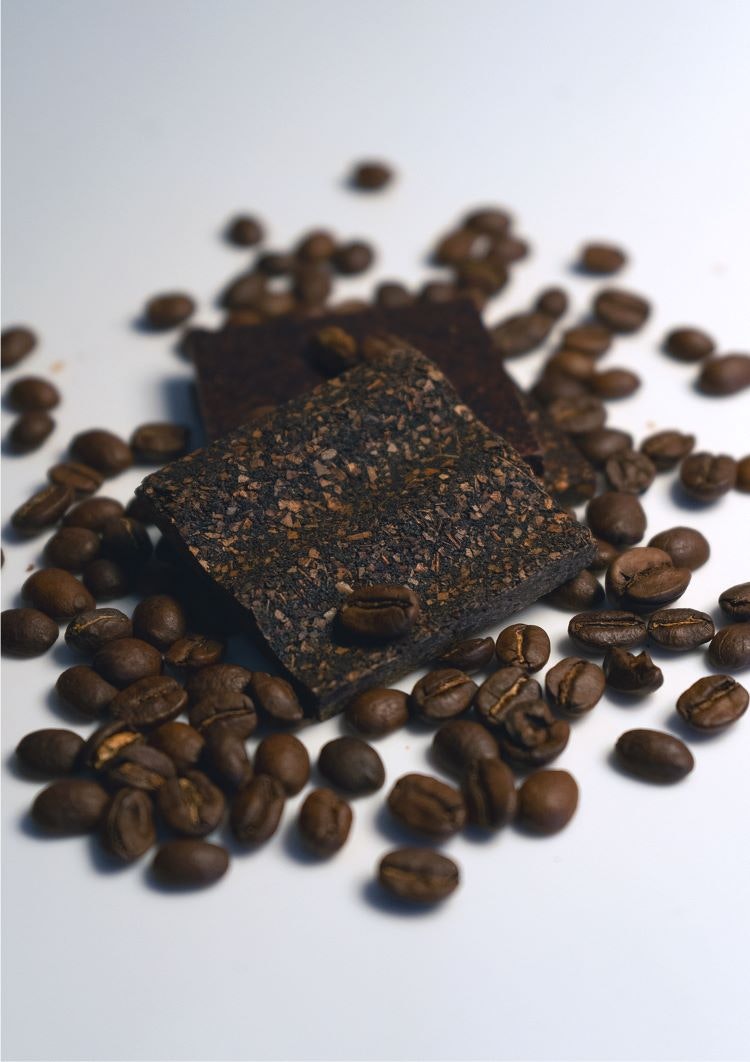
Materials such as coffee pulp can have a similar premium finish to wood veneer, proving that not all sustainable materials look less desirable. Another biproduct identified by Callum is purple carrot pulp, which produces a mulberry-like colour for trim parts. Tree leaves can also be recycled into a dark, smooth surface offering an alternative natural finish to wood veneers for the centre console or dashboard the consultancy has found.
Aleck Jones says that “not all sustainable materials need to be something you see” and can be cladded with something more visually appealing or premium.
“Who is going to do the testing?”
Any material that goes into a car is subject to passing safety regulations. Callum self-tests but does not have the capacity to put materials through the same rigorous testing as car manufacturers do. Aleck Jones says: “We’ve done as much background investigation as we could, looking at the technical sheets and speaking to the suppliers”.
According to Charlotte Jones, some suppliers are blocked from being able to sell more sustainable materials because when they go to the bigger companies, there is an expectation that the materials already pass automotive regulations. So, the question is: “who is going to do the testing?”, she says.
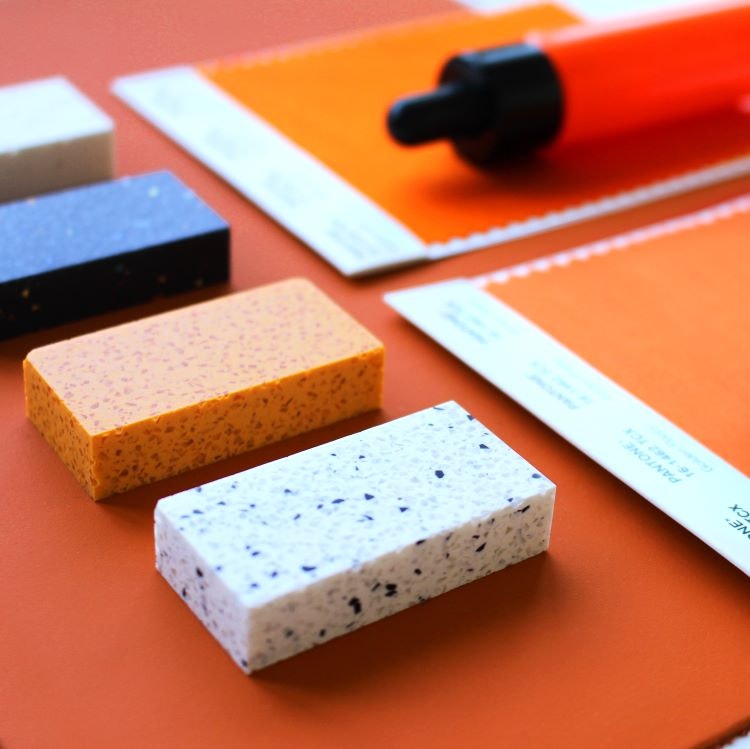
The end goal of the study is to show car manufacturers that sustainable materials are viable to use in car interiors, encouraging them to do “all the necessary testing to see if they can use it”, says Charlotte Jones. She hopes that approved materials will become readily available to consultancies like Callum, as well as suppliers, manufacturers and engineers.
“Automotive has to make the change”
As most car companies are already thinking about electrification, hydrogen power and alternative fuels, sustainable car interiors could be next. Charlotte Jones believes that, since the conversation is already happening “it could only be five years away”, but “automotive have to make the change.”

- Design disciplines in this article
- Industries in this article
- Brands in this article







